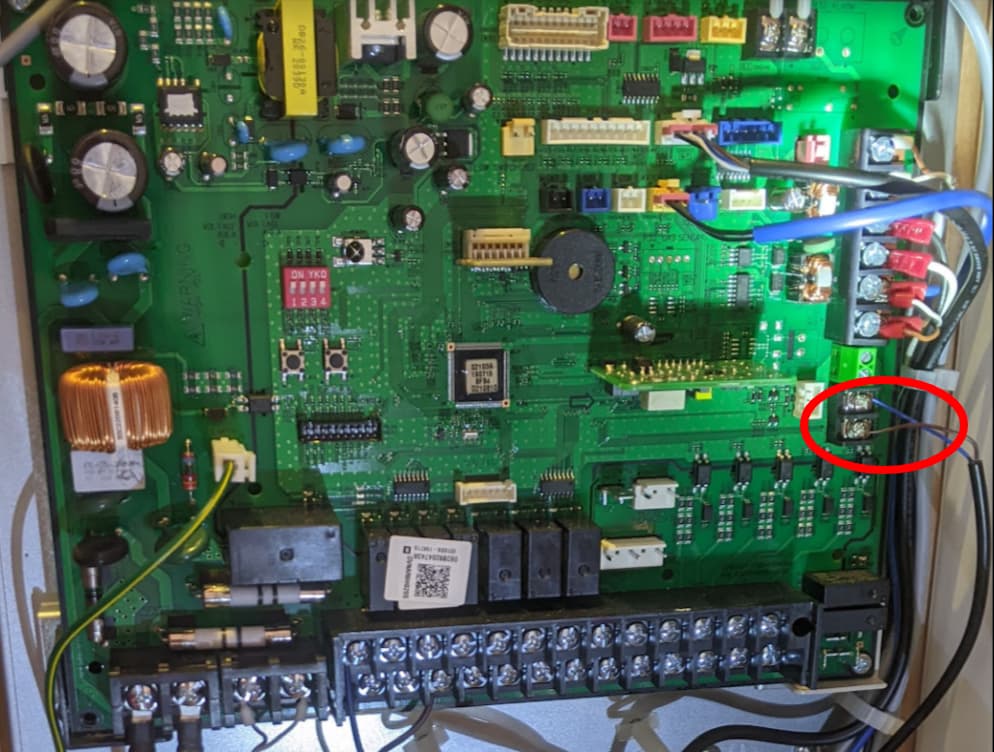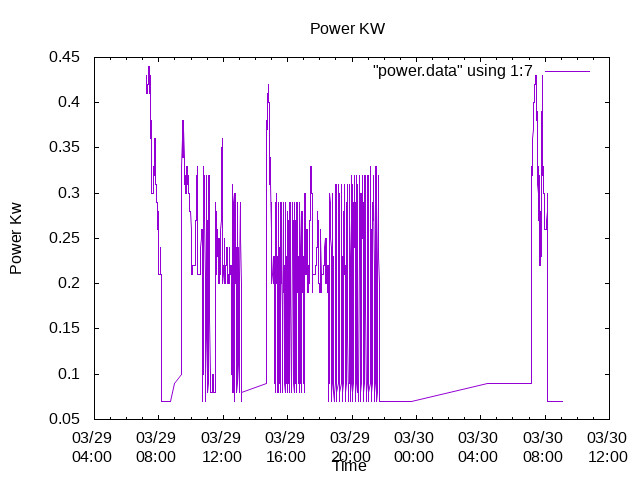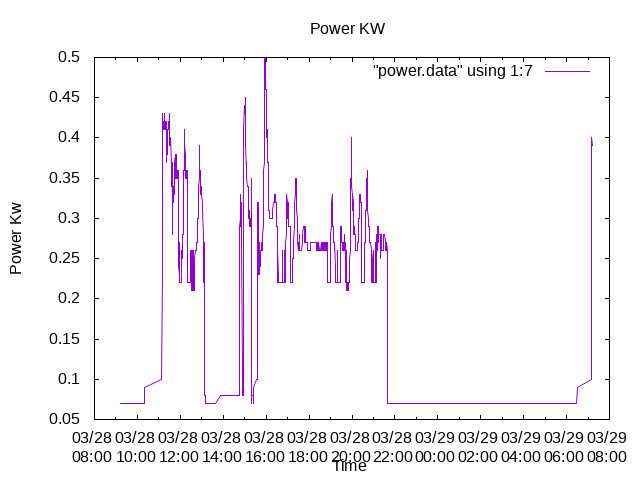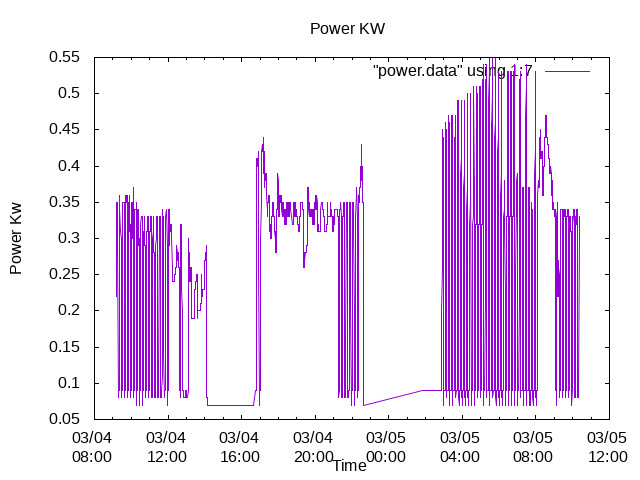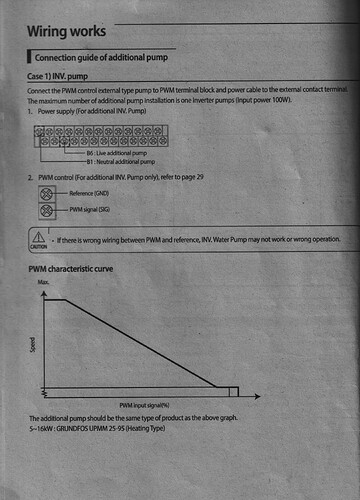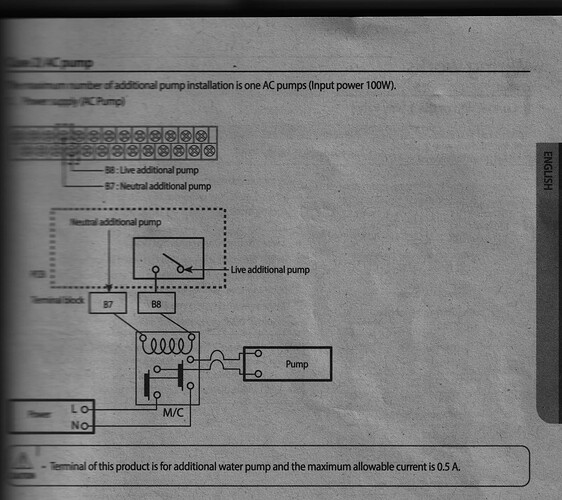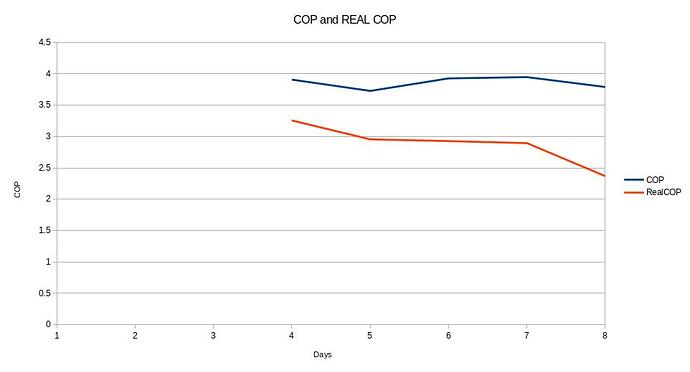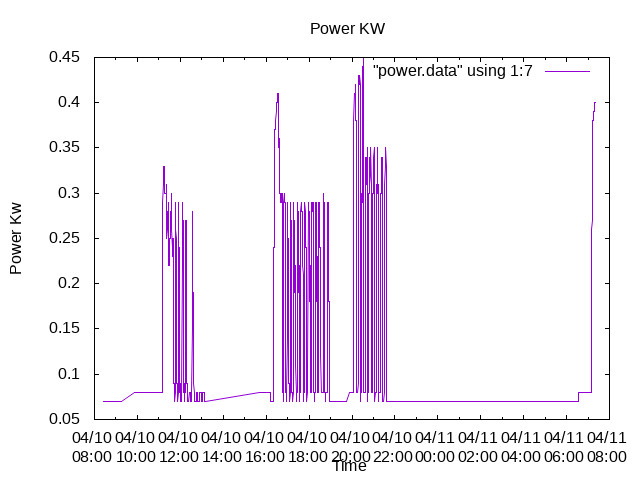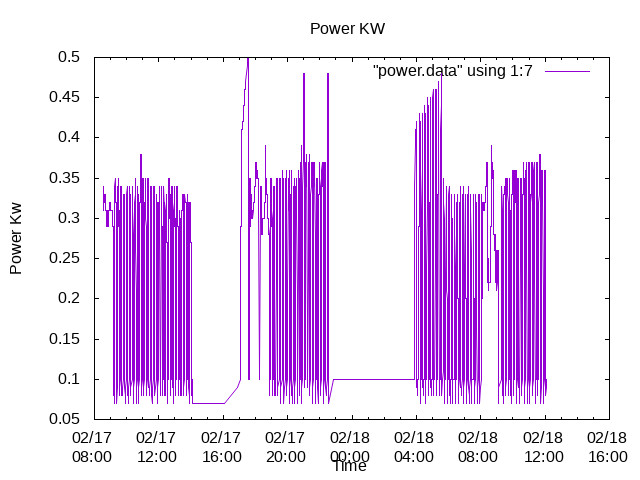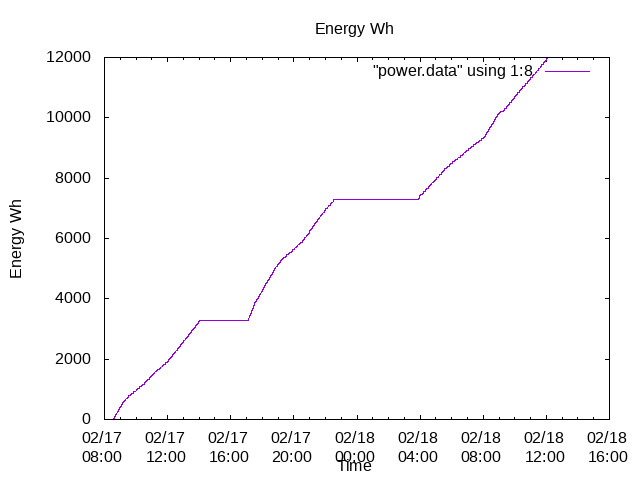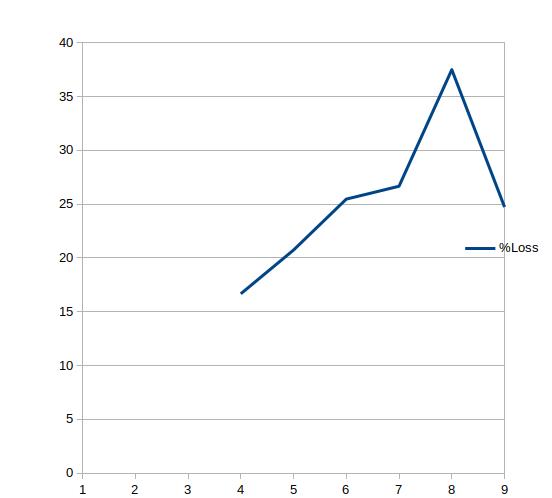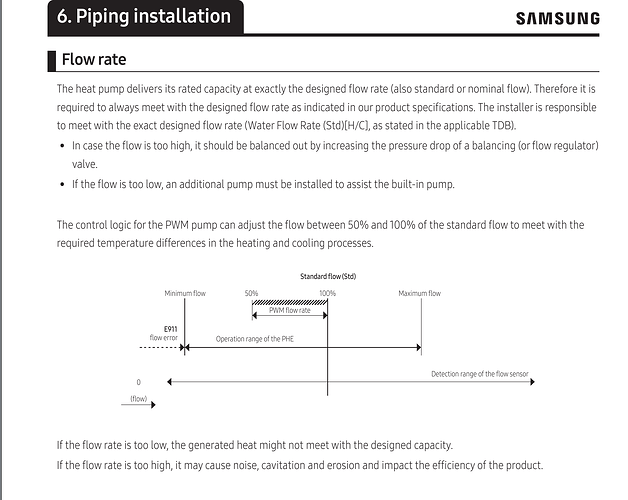Hi Ant,
The source of my problems is my “installer”, my builder , TELFORD, and my manufacturer, SAMSUNG.
I also think that a low loss header would be a solution to my problems…but,
given my experience every fix seems to have a cost , both literally and technically!
I ordered a “simple” SAMSUNG without Volumising tanks , Heat Exchangers or another Expansion vessel…
I now have a SAMSUNG with all of this stuff added …my motto would be “Start Simple and add bits slowly when necessary !”.
The Volumising tank was installed to fix two different problems with solutions from Two different companies.
Problem one, Hyper-Cycling on the primary water loop.
The solution to the short-cycling was the introduction of a 50 L volumising tank fitted in parallel across the primary of the Heat Exchanger.
Problem two, De-icing uncompleted.
The solution was here to fit the 50 l tank into the return pipe to the Heat pump.
Both solutions were generated by different parts of SAMSUNG servicing.
My “installer” then got in on the act and then described the SAMSUNG advice as “ludicrous” saying that he would do it himself!.
The “engineer” at my “installer” who described SAMSUNG as “ludicrous” was then secretly fired, with the 50 l tank left for two months under his desk!
Two of my “installers” "engineers appeared some two months later , saying that they did not what they were doing nor where to install the tank.
The Tank was installed across the primary of the Heat Exchanger to solve the “short-cycling problem”.
The De-icing has worked throughout winter and the shorty -Cycling has been replaced with Hyper-cycling
and an increased Energy use-age.
Yes, a Low loss header would be a solution , but, not “installed” by my “installer”.
Changing the field parameters has been my “hobby” for the last three months.
ian
